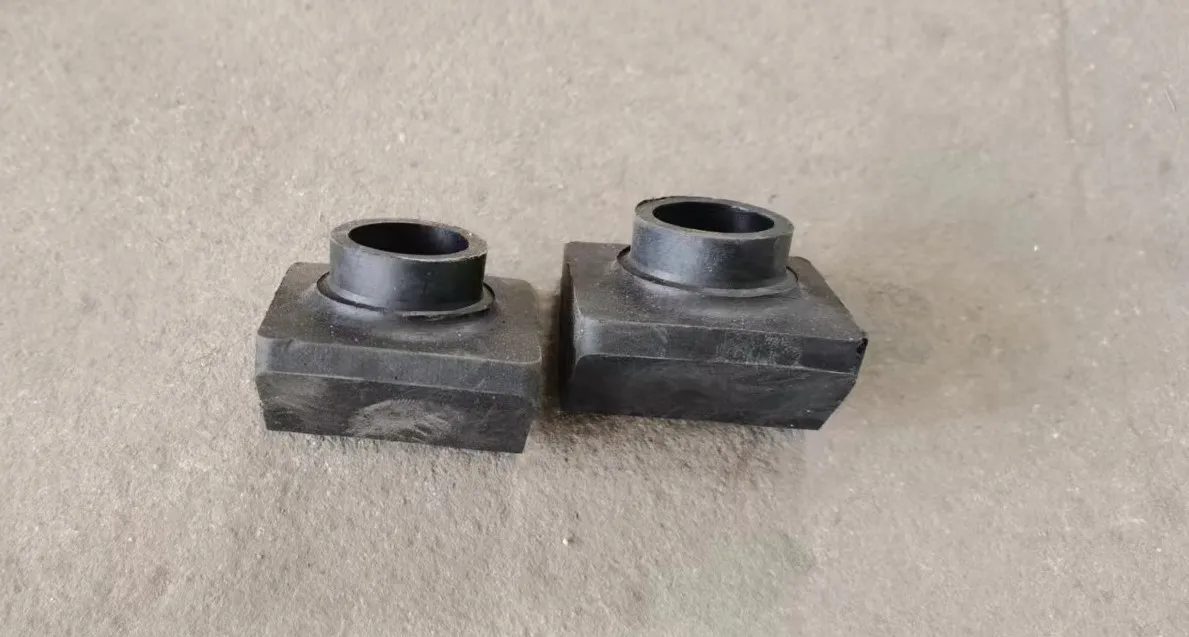loading...
- No. 9, Xingyuan South Street, Dongwaihuan Road, Zaoqiang County, Hengshui, Hebei, China
- admin@zjcomposites.com
- +86 15097380338
- Welcome to visit our website!
Enhancing Workplace Safety Through Effective Machine Guarding Strategies and Solutions for Hazard Prevention
Understanding Machine Guarding Systems Ensuring Safety in Industrial Environments
Machine guarding systems are an essential aspect of workplace safety, particularly in industries where machinery operates continuously. These systems are designed to protect workers from various hazards that can arise from operating or being near machines. With the increasing complexity and speed of machinery in modern manufacturing and production, implementing robust machine guarding systems has become more important than ever.
At its core, machine guarding involves the use of physical barriers, devices, and safety measures to prevent accidental contact with moving parts of machinery. The objective is to minimize the risk of injury or death caused by machining operations. According to the Occupational Safety and Health Administration (OSHA), approximately 18,000 workers are injured each year due to incidents related to machines, highlighting the critical need for effective guarding systems.
Types of Machine Guards
Machine guards can be categorized into several types, each serving a specific purpose. Fixed guards provide a permanent barrier that is bolted or attached to the machine. These guards are effective for fully enclosing moving parts but may hinder maintenance access. Adjustable guards can be repositioned safely to allow for varying sizes of workpieces while still providing protection during operation.
Interlocking guards are equipped with safety features that prevent the machine from operating when the guard is not in place, ensuring that workers cannot access dangerous areas inadvertently. Lastly, presence-sensing devices, such as light curtains and pressure-sensitive mats, require the operator to be within a certain area to allow the machine to function. Any disruption triggers an automatic shut-off, enhancing safety.
Regulatory Standards and Compliance
machine guarding systems

Regulatory bodies worldwide set stringent standards for machine guarding to ensure that industries adhere to safety protocols. OSHA in the U.S., the Health and Safety Executive (HSE) in the U.K., and the European Agency for Safety and Health at Work (EU-OSHA) provide guidelines that manufacturers must follow. These standards specify the types of guards necessary for various machinery, emphasizing the importance of risk assessments to determine the appropriate guard for each machine.
Compliance with machine guarding standards not only protects workers but also shields companies from potential liabilities that may arise from accidents. Regular inspections, maintenance, and employee training on proper machine operation and safety measures are equally vital in sustaining a safe working environment.
Training and Awareness
Implementing machine guarding systems is only one part of the safety equation. Employee training is crucial to ensure that workers understand the purpose of guards and how to use machinery safely. An effective training program should cover the hazards associated with specific machines, the functions of guards, and emergency procedures in case of malfunctions or accidents.
Furthermore, promoting awareness of machine guarding systems fosters a culture of safety. Workers should feel empowered to report any deficiencies in guarding systems or unsafe working conditions without fear of reprisal. Encouraging open communication between management and employees cultivates an environment where safety is a shared responsibility.
Conclusion
Machine guarding systems are a fundamental component of workplace safety in various industries. By effectively implementing these systems and adhering to regulatory standards, organizations can significantly reduce the risk of machine-related injuries. Investing in adequate training and promoting a culture of safety not only protects employees but also enhances operational efficiency and productivity. In the ever-evolving landscape of industrial work, prioritizing machine guarding is essential for safeguarding human lives and ensuring a sustainable future.
-
the-expansive-industrial-reign-of-frp-pressure-vesselsNewsAug.22,2025
-
manufacturing-premium-frp-square-pipes-for-global-wholesale-excellenceNewsAug.22,2025
-
strategic-applications-for-frp-grating-solutionsNewsAug.22,2025
-
material-science-forging-grp-water-tank-longevityNewsAug.22,2025
-
the-engineered-excellence-material-science-behind-frp-railing-systemsNewsAug.22,2025
-
how-digital-pultrusion-revolutionizes-frp-profile-wholesalingNewsAug.22,2025
-
The Rise of FRP Profiles: Strong, Lightweight, and Built to LastNewsJul.14,2025
